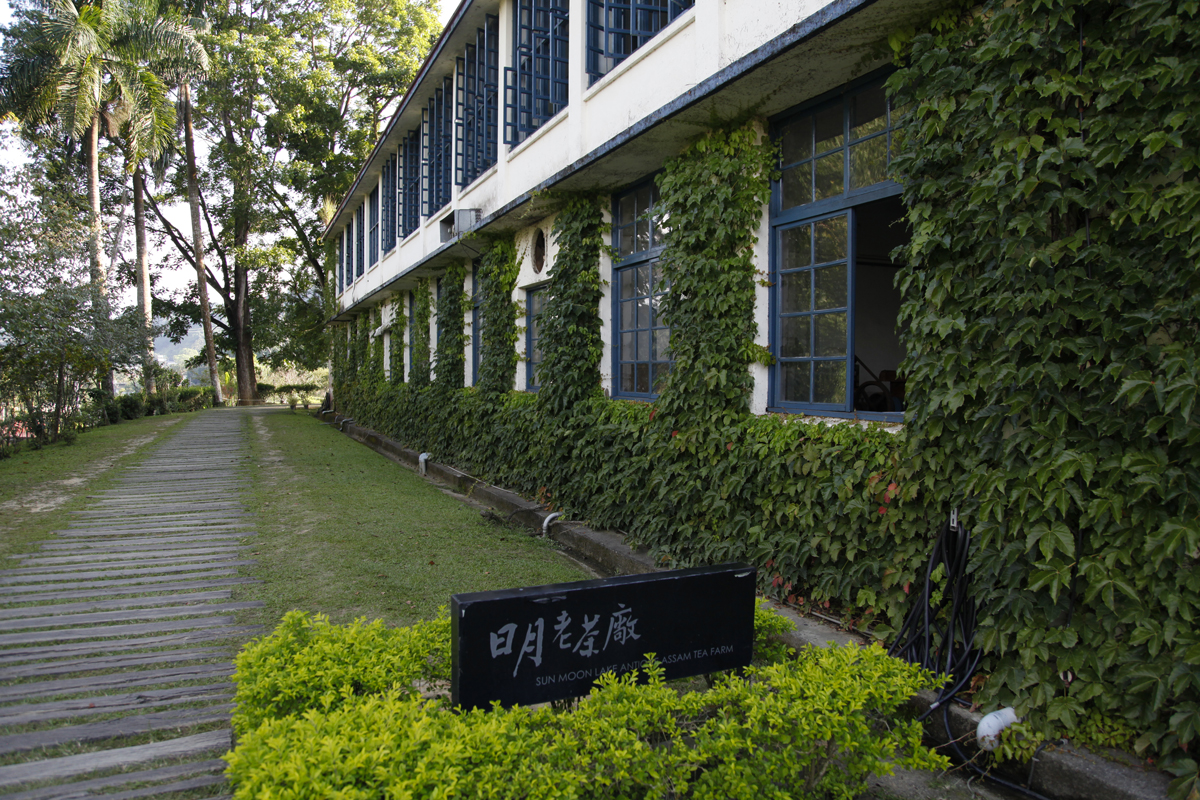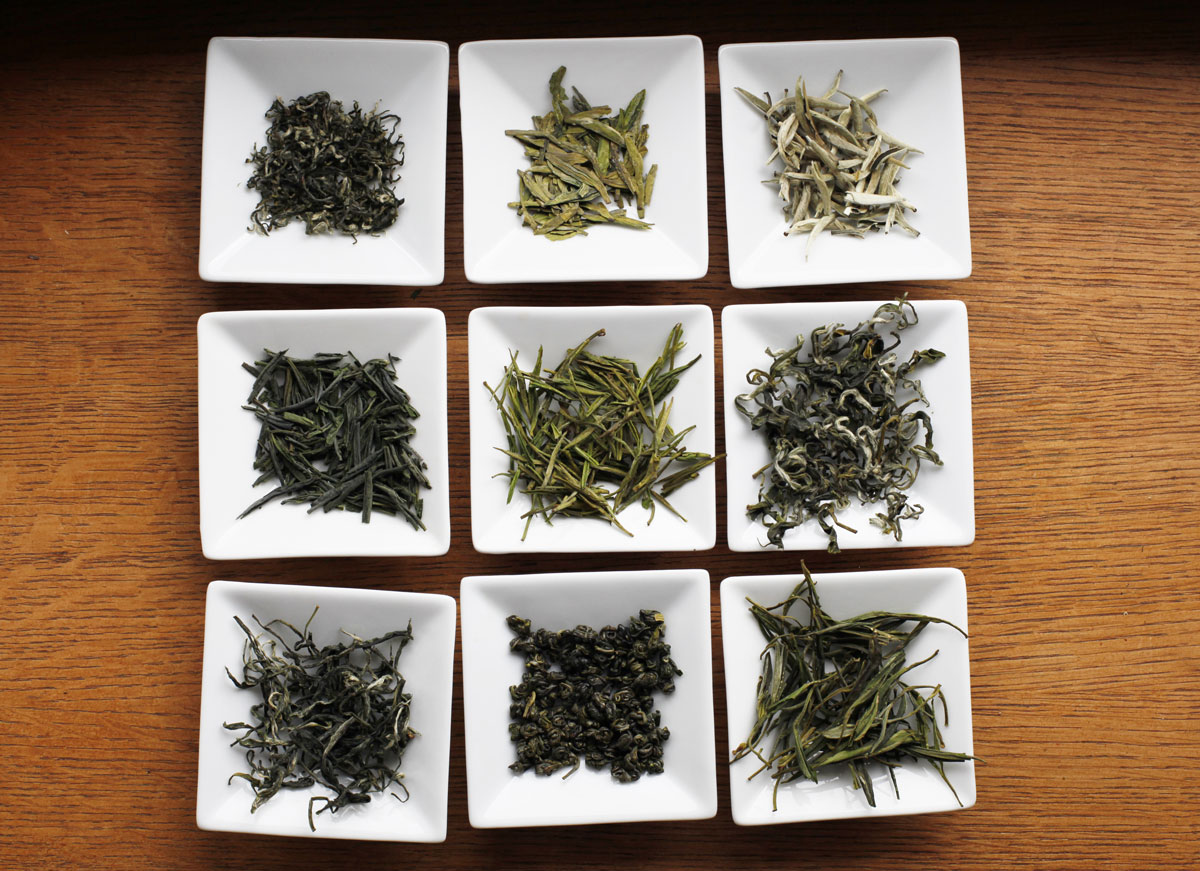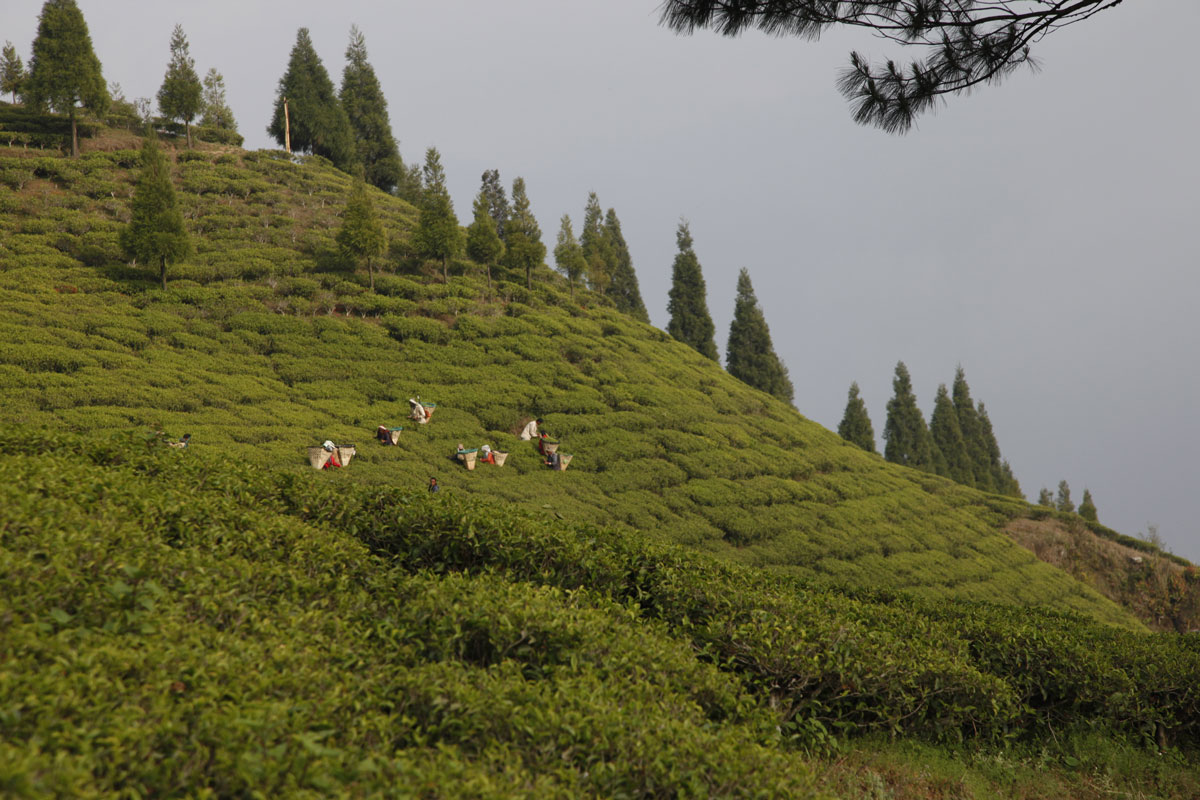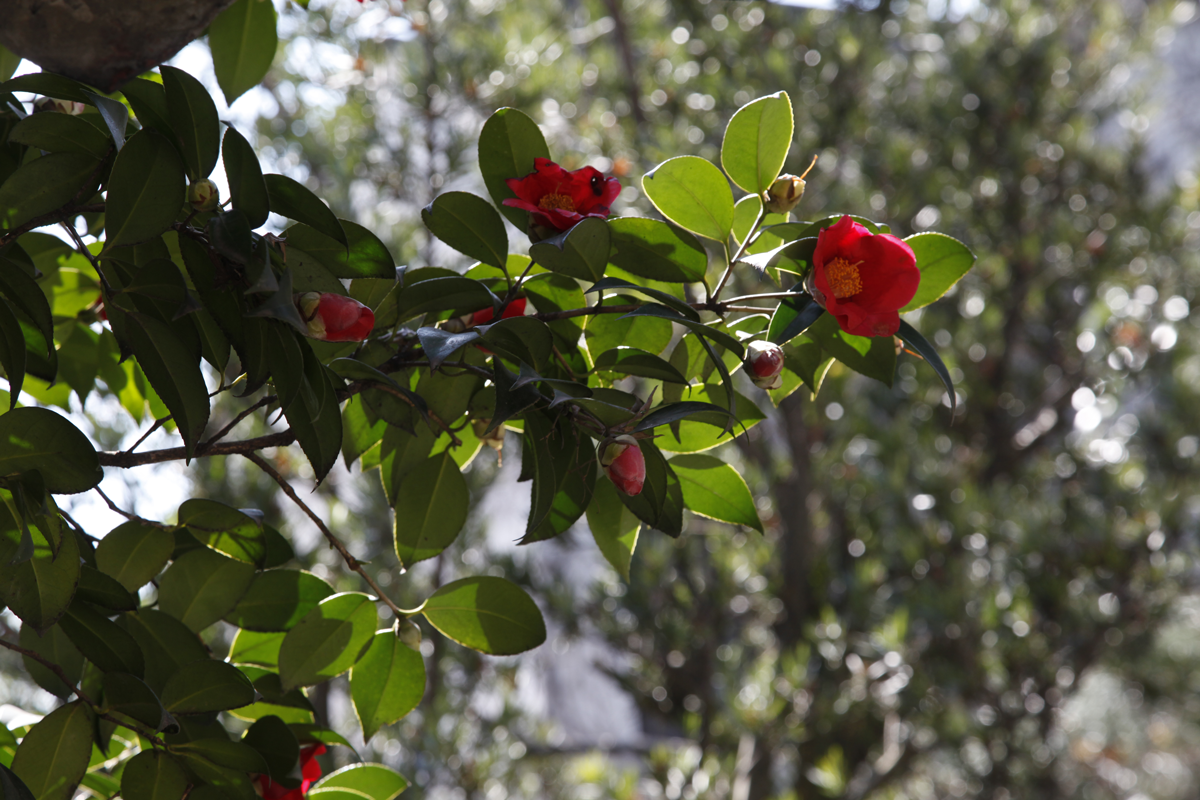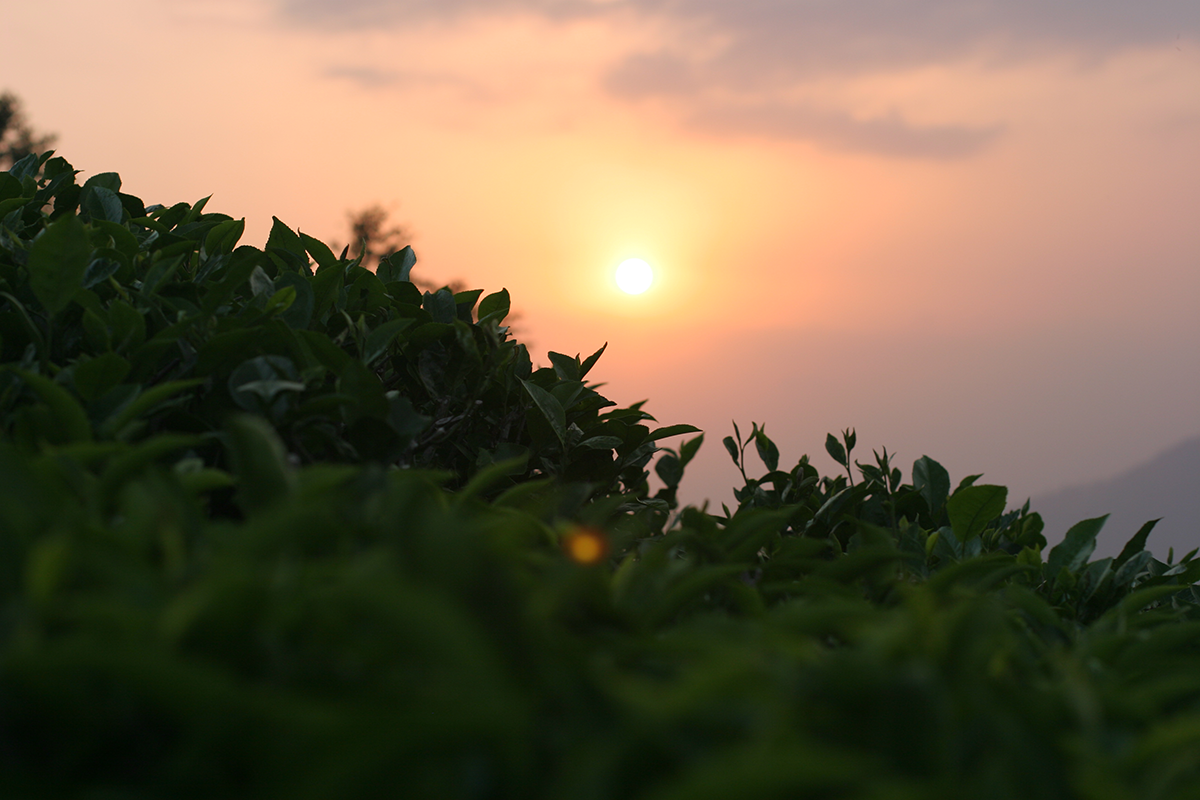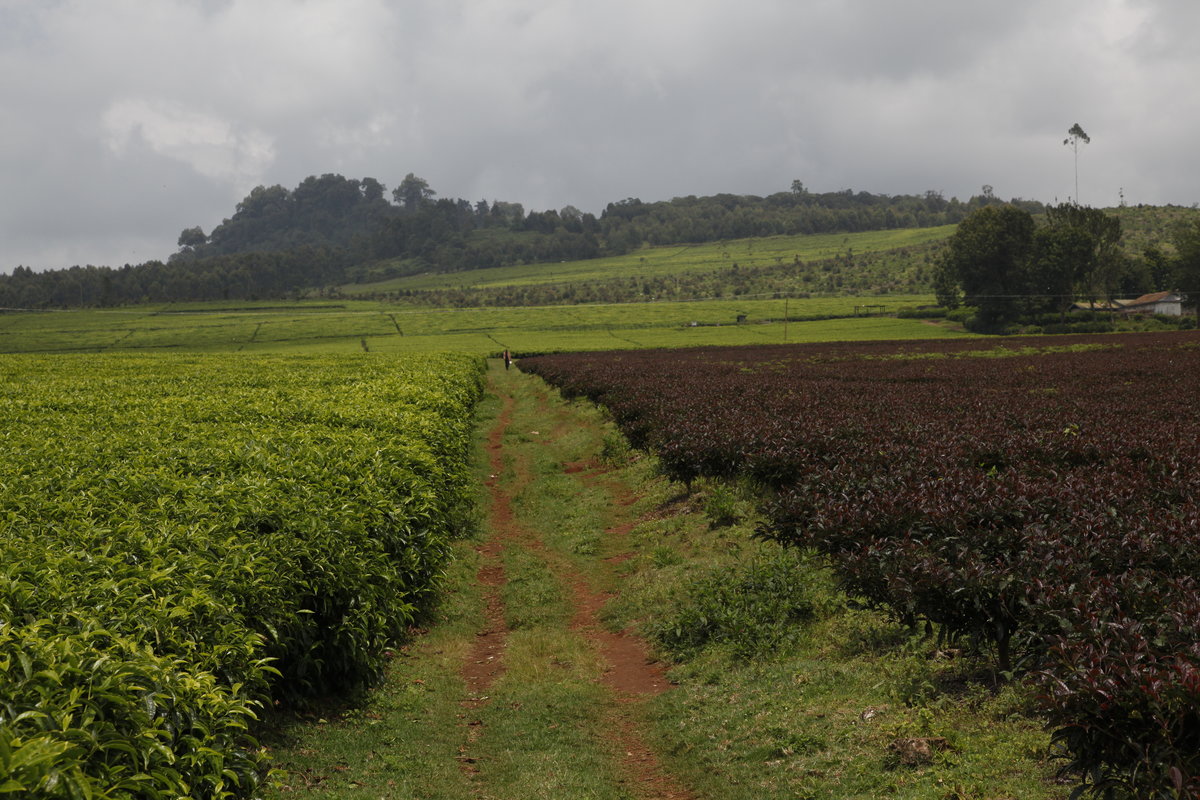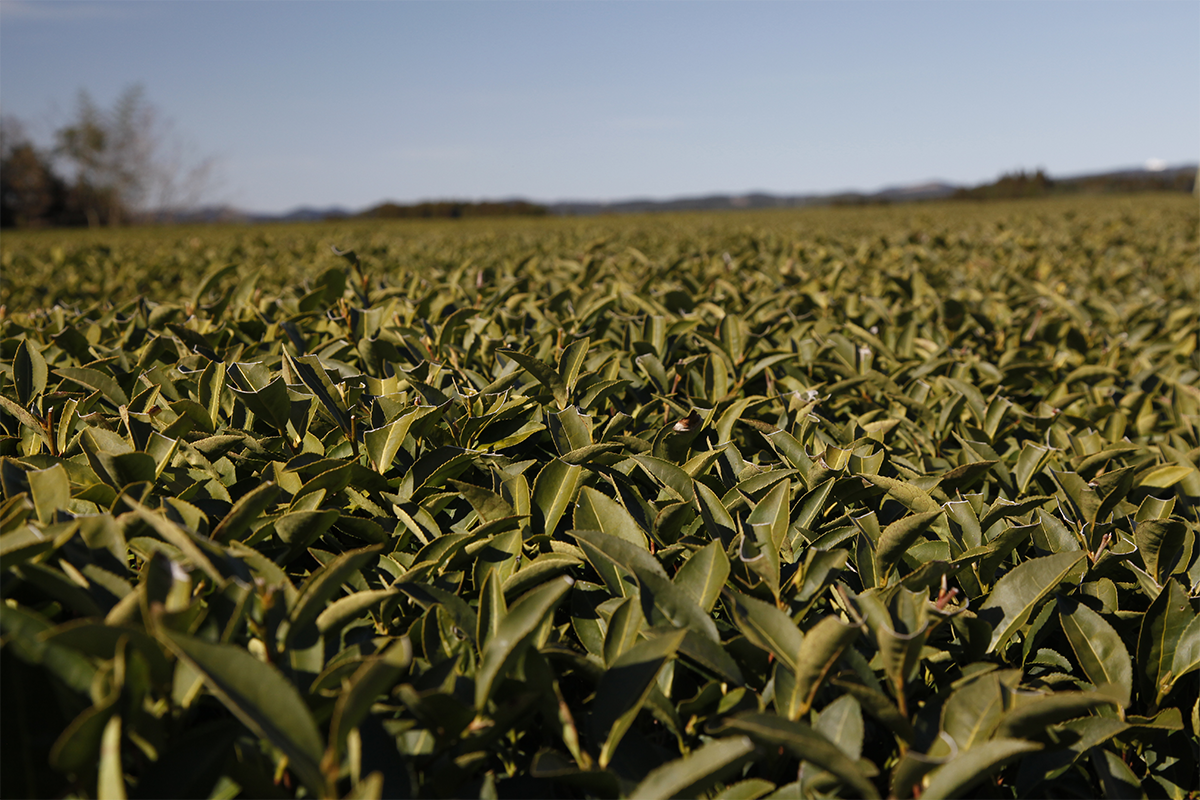La fabrication d’un mao cha se fait en 4 étapes. Rappelons tout d’abord que l’on nomme mao cha le thé qui va servir à fabriquer un pu erh, que celui-ci soit cru ou bien cuit. Précisons également que la façon de faire le mao cha a évolué avec le temps. Un simple flétrissage suivi d’un séchage au soleil est devenu plus complexe au gré des modes et de l’engouement incroyable des Chinois pour leurs thés sombres. Aujourd’hui, voilà comment cela se passe. Après avoir récolté les feuilles, on les laisse se flétrir durant environ 2 heures. Puis on fixe les feuilles au wok (photo) à 200 degrés durant environ 30 minutes. Ensuite, on va rouler les feuilles durant 10 minutes avant de les laisser sécher toute la journée au soleil. En théorie, le mao cha est destiné à être compressé, mais il n’est pas interdit de le déguster tel quel et de savourer ses notes minérales, fruitées, végétales et animales.


